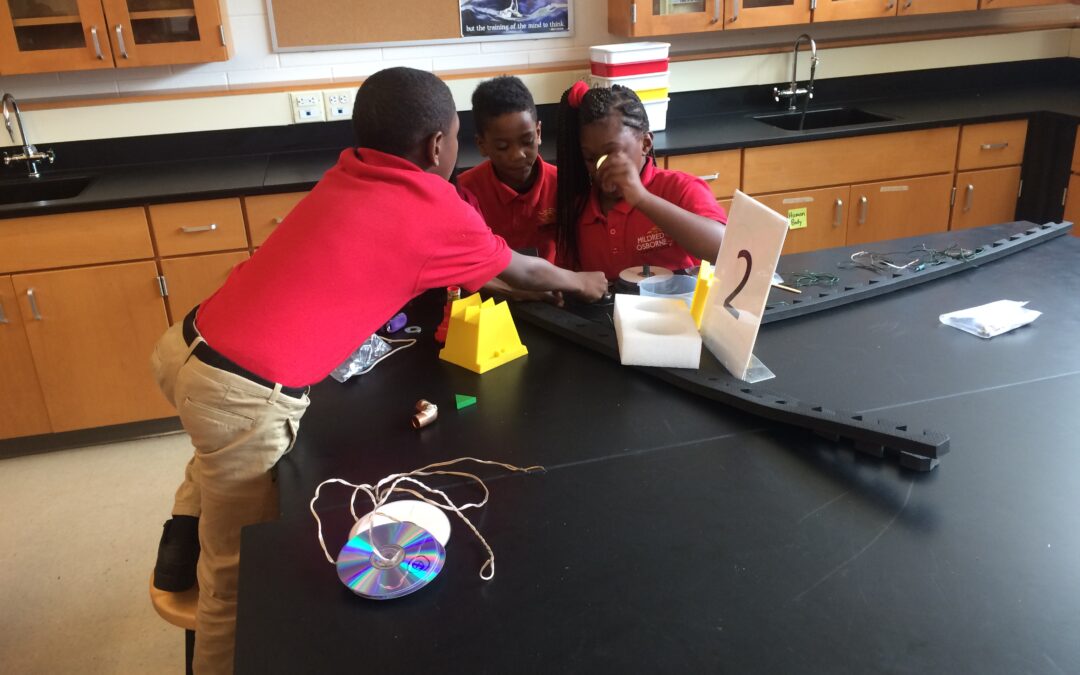There is nothing new about hands-on learning, it has been around since the beginning of time; before people had classrooms and lesson plans they relied on learning how to live and survive through hands-on experience. Everything from making their food and building their homes, to figuring out complicated mathematic problems using whatever resources they had around them. The difference between now and then is that now we think about how we can utilize hands-on learning to further education and help students learn by actually doing it with their hands, rather than relying on other resources, like a quick search on Google, to solve the problems for them.
Hands-On Learning Results in Increased Engagement
When it comes to learning in the classroom, teachers need to find any way they can to make sure their students are engaged throughout the entire lesson. With hands-on learning students are far less likely to become tuned-out thanks to a continuous physical experience that constantly stimulates the mind. If students are expected to replicate what they are being shown, they are far more likely to pay attention and apply what they observed to achieve their goal, which increases and helps maintain engagement.
Problem Solving Skills Improve
When you’re taught to find the solution to a problem without using technology that just does it for you, you’re forced to figure it out on your own through critical thinking and problem solving. This presents a student with a way to overcome challenges or obstacles, and will be a great lesson-learned for when they head into the real world. It also encourages them to try, and if needed, ask for help from their instructor or fellow learners, which helps build their communication and team work skills.
Retention Rates Can Increase Greatly
For most people, just hearing information on how to solve a problem can make it difficult to remember. When a lesson plan is being executed through lectures or presentations that involve little to no interaction, opportunities for the students to get distracted and lose focus rise immensely. When the lesson is being taught through hands-on learning, where students are able to go through the action of solving a problem and completing a task, they are able to develop something similar to muscle memory, which helps them retain what they learned and apply how they solved the problem to future life events outside of the classroom.
Hands-on learning has numerous benefits along with those above, including providing students with the opportunity to learn from their mistakes and apply them to future situations in the workforce, giving them the chance to practice problem solving before facing it in the real world, and helping students build their self confidence when it comes to a team environment or pressure-filled situations. This type of learning is extremely beneficial to any classroom, and should be strongly considered when developing a successful STEM curriculum and lesson plan.
Contact IDIYA Labs today for more information on how you can make your students’ futures brighter and more successful through our innovation labs that empower your students.

